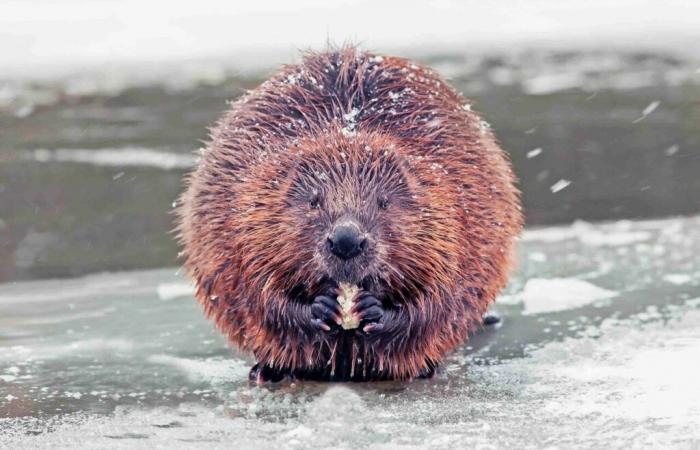Par
Editorial News
Published on
Nov 11, 2024 at 9:36 p.m.
See my news
Follow News
It's almost the full moon! It falls this Friday, November 15, 2024 at 10:28 p.m. And like every month, our natural satellite will soon be illuminated in its entirety by our Sun, which will have the effect of sending a beautiful lunar disk back to earth.
That's not all: the full Moon of the month of November, like all the others, is associated with a little nickname: we speak of the full Beaver Moon, after the full Hunter's Moon in October and the full Harvest Moon in September.
Beavers?
If we give this nickname to this small (relatively speaking) gray star, it is not because beavers risk falling from the sky. It’s not either because all rodents organize a procession on the evening of “their” full Moon. Nor because the satellite will look like a beaver.
No, in fact, this nickname comes from the Old Farmers' Almanac, an (as its name suggests) old book which lists the nicknames that Native Americans gave to full moons, even before the colonization of America. A document taken over by NASA.
A nickname per full moon
These are all the full moons that have been given a little nickname. Native Americans named them according to one or more events associated with the month in question.
For example, the full moon in January is the full wolf moon, because this is the time of year when they were first heard. In the same sense, the full Moon of June is that of strawberries, because that is when you should start harvesting them.
For the November full moon, we speak of beavers, because it is in November that they begin to retreat to hibernate.
Nothing too crazy, ultimately.
Follow all the news from your favorite cities and media by subscribing to Mon Actu.






